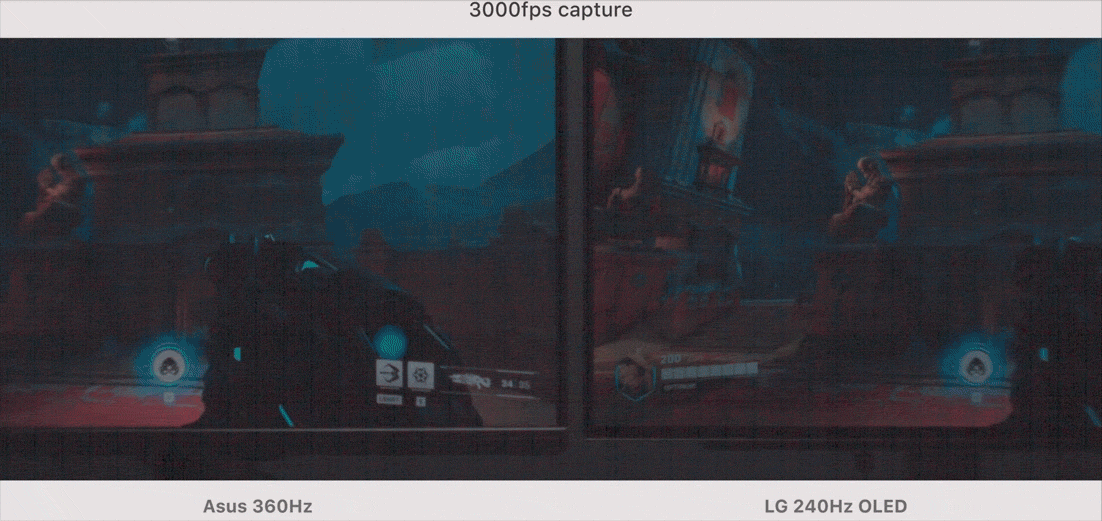kramnelis
Gawd
- Joined
- Jun 30, 2022
- Messages
- 890
You don't even have a lowly max 200nits APL on C2. You have 150nits average at most. And you sit further away on a TV compared to a monitor.I use my c2 at max brightness, I have less eye strain than on my last IPS monitor. I don't notice any flicker or anything. I believe I even mentioned this remark at this forum when I first bought it months ago.
Not sure why the things you are typing are so often the opposite for me. Again, preference perhaps?
I like how LG shot its own foot on its flicker-free OLED.
In reality, every OLED flickers. Good luck with that when the brightness gets a little bit higher. But ironically OLED cannot get brighter anyway.

![[H]ard|Forum](/styles/hardforum/xenforo/logo_dark.png)